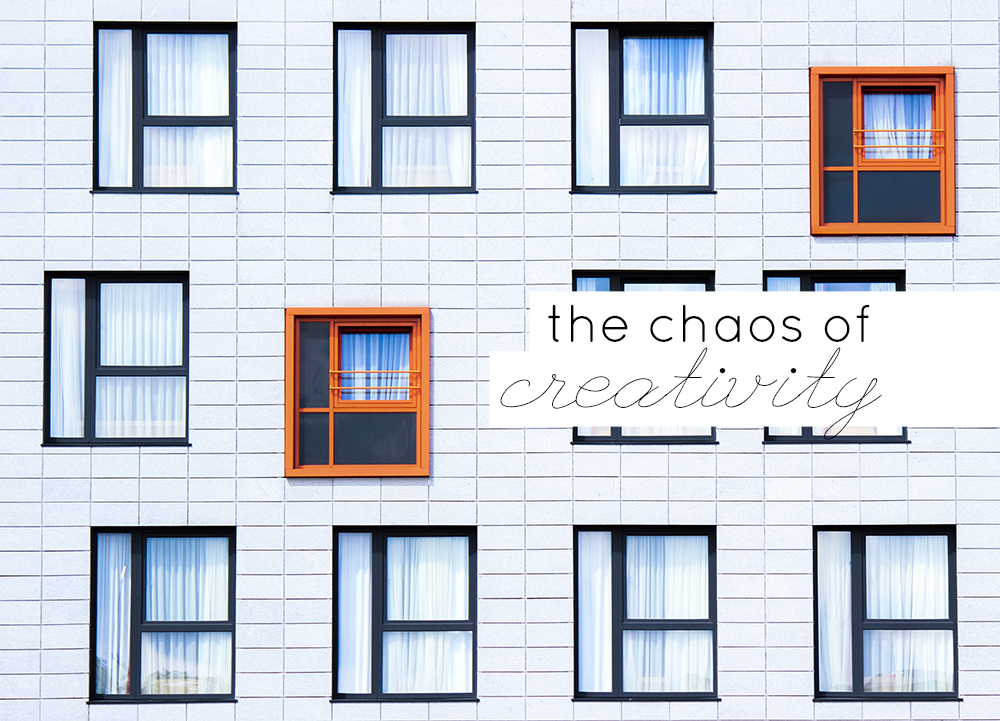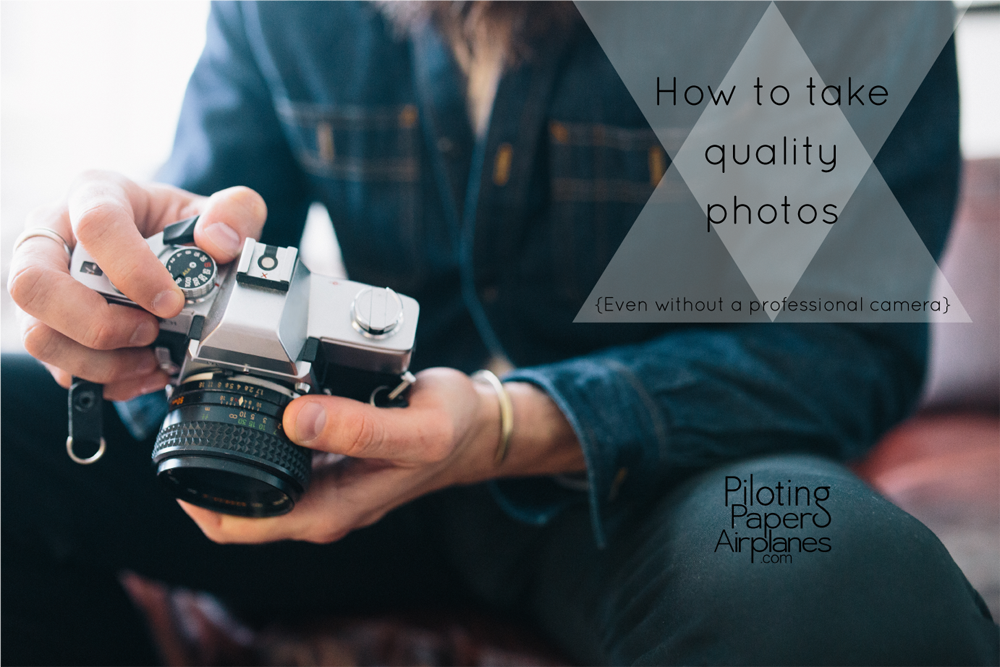Why is it that inspiration always – and I do mean always – comes as I’m getting ready in the morning or on my walk to work? Moments when I can’t jot some notes in a post draft. “I’ll do it when I get to work,” I always say. “All I need is 3 minutes to type a few notes so I can write about this later.”
Hm, right. I get to work, make my tea, chat with co-workers, open email, check some articles and any creativity I had is gone. One a good day I can remember a shred of what I wanted to write. Most days it’s lost. The result is that I don’t post regularly.
Because here’s the thing. I’ve never been one to push out blog posts everyday just to publish something new. I write when I’m inspired and motivated. I write when I have something to say. When I’m building my mileage again and have thoughts on running; or chatting with a friend about yoga and want to share how I practice at home; or when I’m writing a marketing article for work and it seems a good fit to adapt for the blog; or when I’ve made a new piece of clothing and do a style post.
I never blog for the sake of blogging. I blog for the sake of creating.
For me, in this space, that’s personal. PPA has a .518713% chance of ever generating revenue because that’s not how I’ve built this blog. My post “schedule” is random, the content is varied and social media marketing for PPA is sporadic at best.
Maybe I’m rebelling because digital marketing is my day job and I want a break here. Maybe it’s because my ideas and interests change on a whim so I don’t like being tied to one blog theme. I realize this doesn’t add up to blogging best practices and I’m more and more comfortable with that. In the past I’ve struggled with this creative chaos; now I’m embracing the ebbs and flows of inspiration.
One week I want to write about everything, another I sew 2 new tops, and another I take apart old jewelry make something new. I’m embracing the fact that sometimes these projects go unfinished as my inspiration moves on. It doesn’t have to be about the final product, but simply about the joy I have in the process. (Even if that means unpublished posts and storing a collection of art supplies).
I want to create. I want to share and learn and teach and vent and process. I want to grow through what I write in this white box. It will never generate high page views but it will inspire me. On a good day, maybe it inspires you, too.
Thanks for reading, friends.
*


